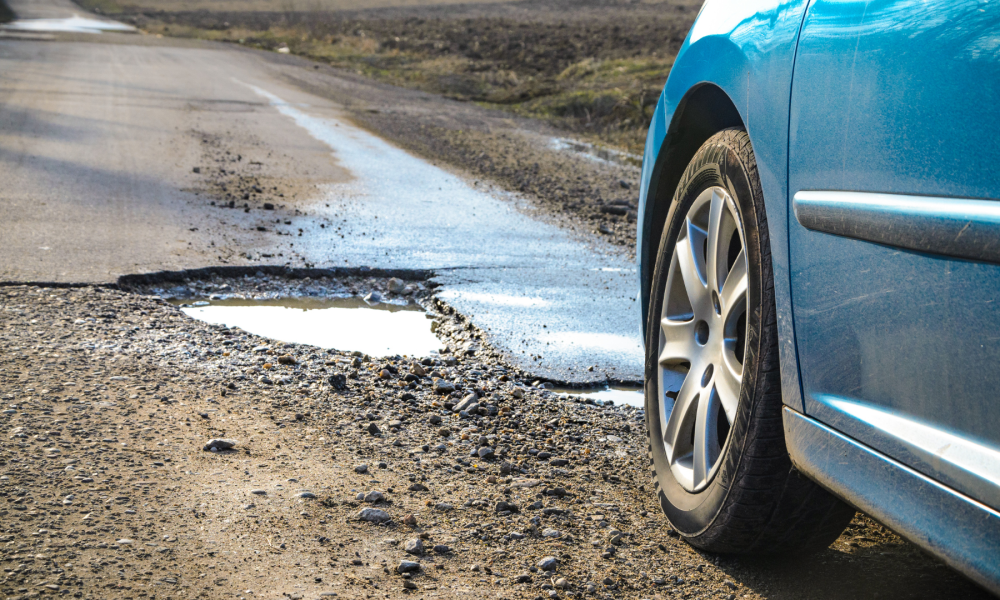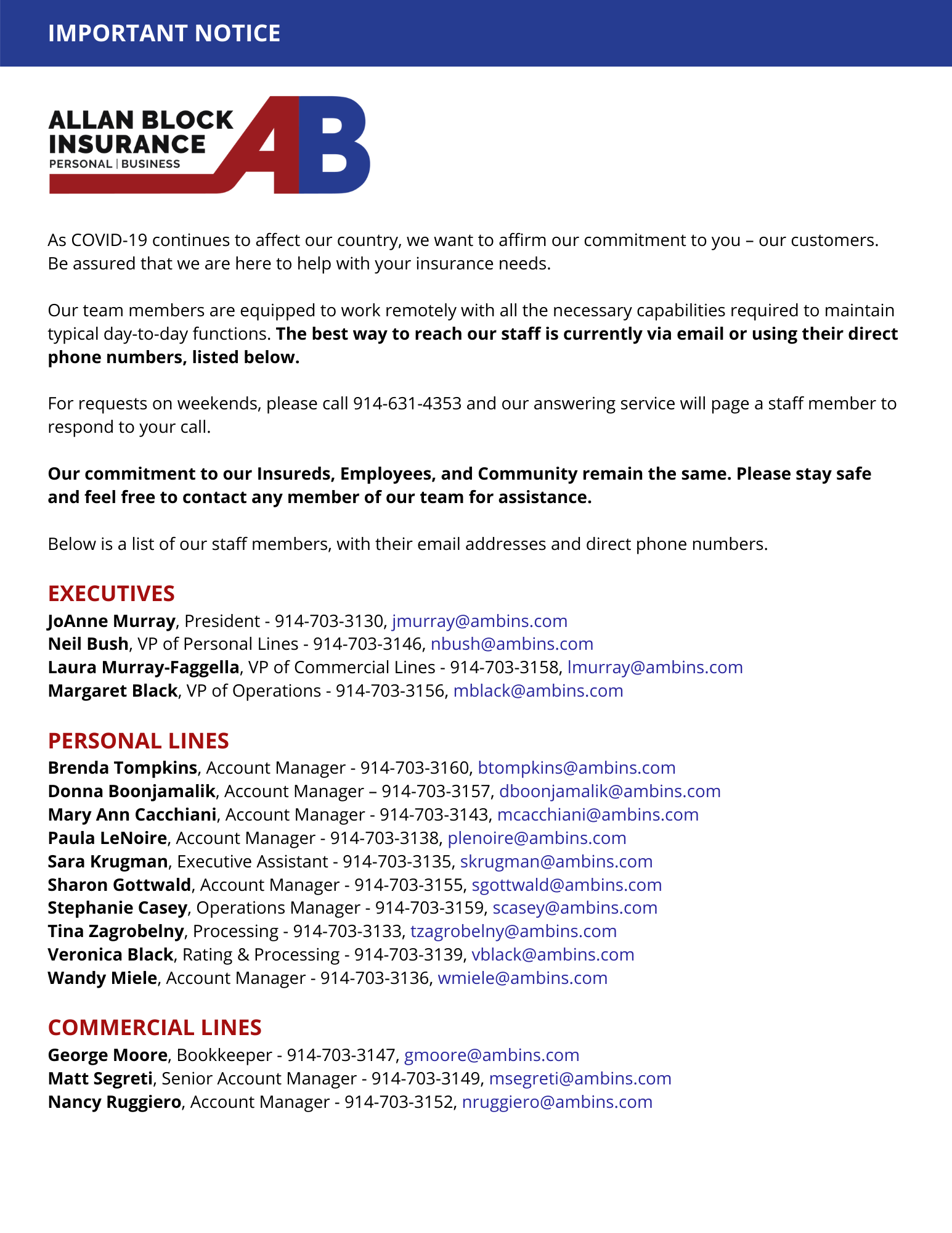As winter starts subsiding, the harsh elements of the season can do serious damage to roadway surfaces, mostly in the form of potholes.
Spring is the most common time of year for new potholes to surface, and they can cause damage and result in costly repairs for motorists.
Americans spend $3 billion per year on average to repair pothole-related damage to their vehicles, and paid an average of $300 each to repair such damage in 2017, according to AAA.
The damage can be extensive, including:
- Blown tires
- Dented rims
- Damaged wheels
- Dislodged wheel weights
- Displaced struts
- Dislocated shock absorbers
- Damaged exhaust systems
- Misaligned steering systems
- Ruptured ball joints.
How potholes form
Water seeps through cracks in the road, and in cold climates it can freeze and push parts of the pavement upward. Then, when the weather warms, the thaw results in unsupported pockets in the asphalt that create potholes when heavy vehicles drive over them.
In warmer climates, a wet winter can cause the soil below the road to erode, creating weak spots that cave in as vehicles drive over them and create potholes.
What do to
If you hit a particularly large pothole or you experience a noticeable sound and reverberation in your car, you should inspect the vehicle for damage.
Start with your tires — The impact on your tires when your car drives into a pothole cannot be understated. If there is enough momentum and the impact is severe enough, the sudden displacement of air can cause the sidewall to blow out.
Also check the air in your tires. Your vehicle may have a built-in tire pressure monitoring system that may alert you if you have a tire that’s low on air. It’s best to look for bulges sticking out on the side, which could be indicative of damage inside the tire. If you see any bulges, you should go to a tire repair store to have the tire inspected and replaced if necessary.
Rims — Besides causing damage to your tire, a pothole can dent or crack a wheel. While inspecting the tire, you should also be on the lookout for cracks on the side of the wheel or indentations that don’t belong. The damage will usually be found where the tire meets the rim.
If the rim is damaged, it can affect how the tire rolls and the seal between the tire and the rim may be damaged and result in a slow leak. If you detect any damage, you’ll probably have to replace the rim.
Suspension and steering — After you hit a pothole, you should also pay attention to how your car is driving. Is it pulling to one side? If so, the impact of the pothole may have damaged your suspension or part of your steering, putting it out of alignment. If you feel it’s not right, have your alignment checked.
If you don’t get it checked, the misaligned steering can cause your tire to wear unevenly.



